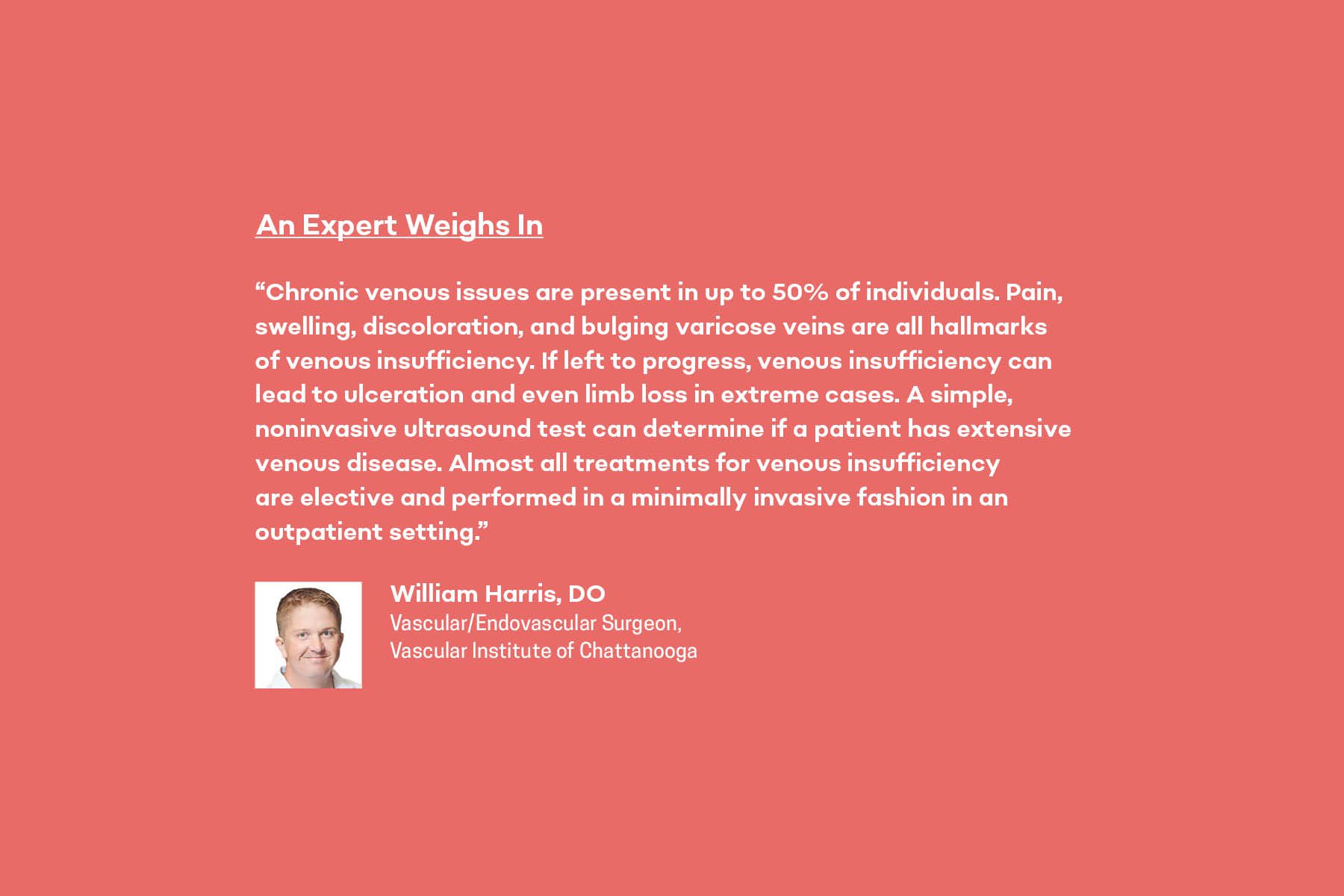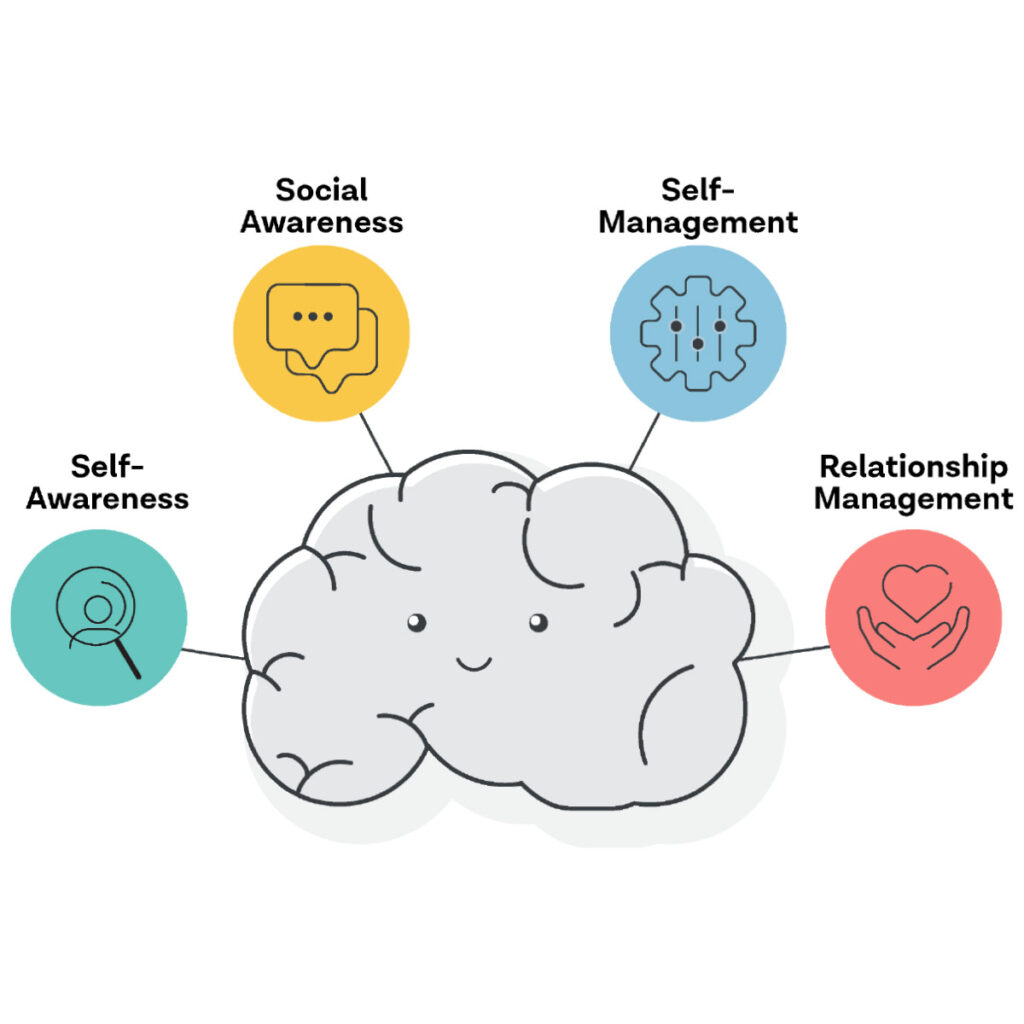Annual Aging Well Section
Growing older is a gift, but as you grow into your golden years, it’s important to stay on top of your health. Being mindful of health and wellness changes eases the aging process and prevents unnecessary worry so you can fully enjoy this season of life. Here, we talk to experts who share information about topics to be aware of as you age, along with preventative measures and treatment options.
By Lindsey June
Chronic venous insufficiency disrupts blood flow from the limbs to the heart, but is easily preventable with awareness and movement.
What Is Chronic Venous Insufficiency?
The heart needs a constant flow of blood from the limbs of the body in order to function properly. So, what happens when that flow is interrupted? Chronic venous insufficiency (CVI) occurs when the body’s valves don’t work properly and the blood returns to the legs. This causes a pooling of blood in the limbs, which can lead to other health conditions if left untreated. It’s important to be aware if you’re at risk for chronic venous insufficiency so you can prevent unnecessary health issues and keep your heart in working order.
Causes
CVI doesn’t just occur on its own. Blood clots in the leg, known as deep vein thrombosis, may damage the valves. Poor exercise habits and long periods of sitting may also weaken the valves. Obesity, age, pregnancy, and smoking are other major risk factors for blood clots, which can eventually lead to CVI.
Symptoms
Patients suffering from CVI may experience swelling in the lower leg, varicose veins, leathery skin, itchiness, or pain. Without treatment, the pressure in the limbs can cause blood vessels to burst, turning the skin reddish-brown and causing ulcers, which increases your risk of infection.
Treatment
Prevention is key when it comes to chronic venous insufficiency. Lifestyle changes like regular exercise and movement keep blood flowing. If your mobility is limited, compression socks can also help with circulation.
If CVI is more advanced, medications and medical procedures are an option. Sclerotherapy is when your doctor injects a solution into the vein that closes an abnormal vein. Additionally, if a major vein is narrowed or blocked, endovascular surgery with stent repair can fix the problem.
Luckily, open surgery is rare and only needed in severe cases. Awareness around the topic of CVI is the most important thing, and can keep your health in check and your blood flowing normally.





